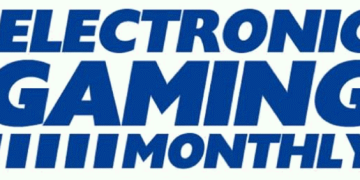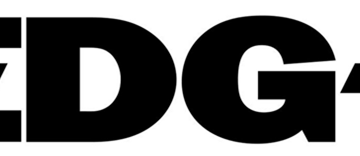jerry.hildenbrand@futurenet.com (Jerry Hildenbrand)
2025-06-04 16:36:00
www.androidcentral.com
Tech Talk

How it works, explained in a way that everyone can understand. Your weekly look into what makes your gadgets tick.
Welcome to Tech Talk, a weekly column about the things we use and how they work. We try to keep it simple here so everyone can understand how and why the gadget in your hand does what it does.
Things may become a little technical at times, as that’s the nature of technology — it can be complex and intricate. Together we can break it all down and make it accessible, though!
You might not care how any of this stuff happens, and that’s OK, too. Your tech gadgets are personal and should be fun. You never know though, you might just learn something …
Why are there so many different versions of Chrome?

If you’ve poked around the internet and all the various mobile app stores, you might have noticed that there are about a million different things called Chrome. OK, there are really only like seven, but it can seem like a million if you don’t know what you’re looking at.
First, you need to know that Chrome is Google’s branding for anything and everything built from a specific code base. This code is openly available and free, so plenty of companies use it or parts of it in their own products. Microsoft Edge, Brave, Opera, and many other web browsers are based on the Chromium code; however, Google doesn’t control these programs or their branding.
Yes, Chrome is a brand, and Google does a lot to make sure it’s a recognizable one.
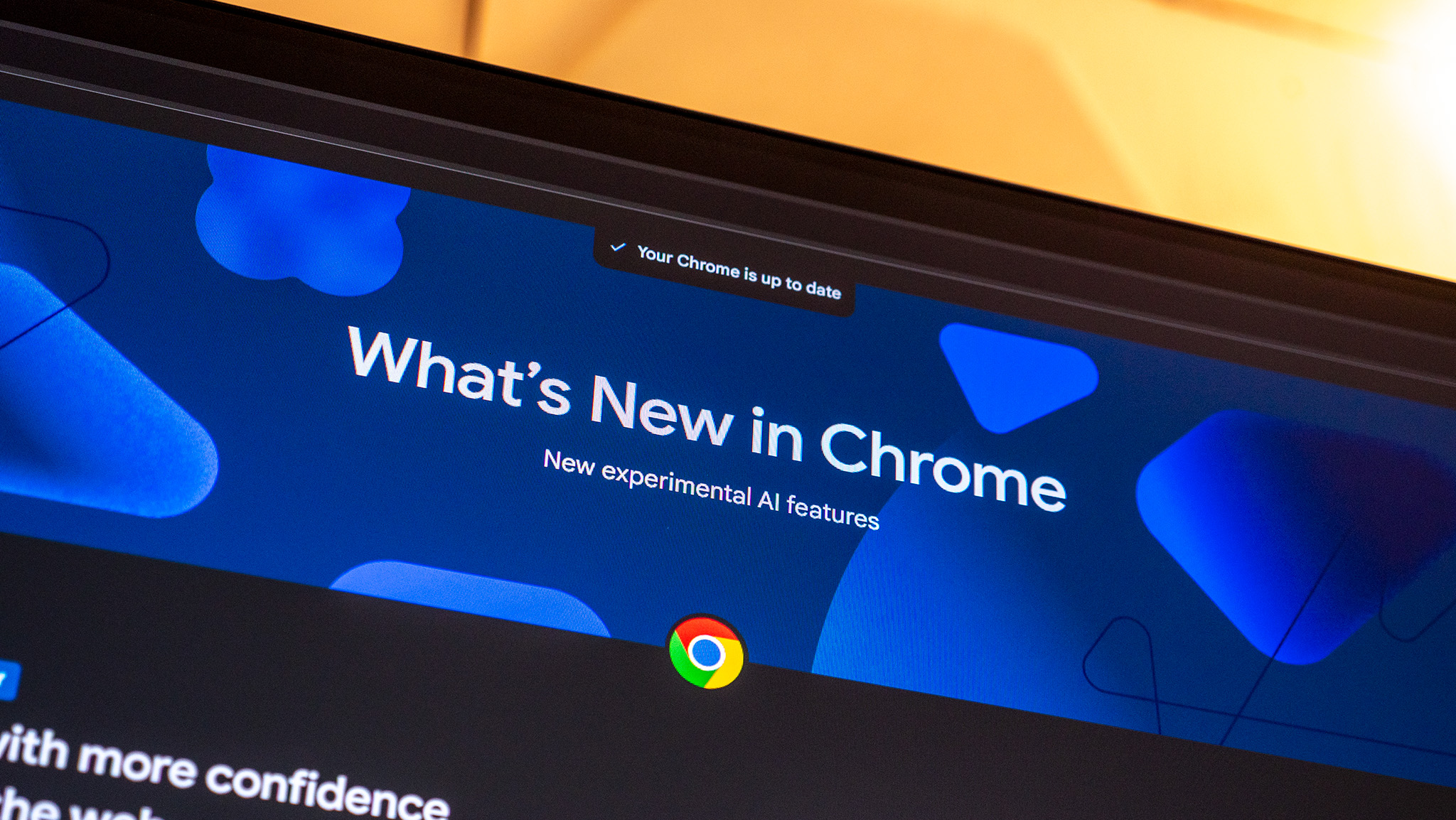
You also need to differentiate Chrome a little bit. Not from other software, but from itself. You have three “major” flavors of Chrome:
Chrome OS is an operating system built by Google and used to power lightweight laptops and mini-PC desktops. It’s further split out into Chrome OS Flex, a version for devices that are a little older and no longer supported through the same channels, and unstable testing versions designed for developers.
The Chrome Browser for mobile is a version of Chrome that will run on your smartphone. It’s built for both Android and iOS from mostly the same code and is an officially licensed Google product. It’s further split into a Stable, Extended Stable, Beta, Developer, and Canary version for different levels of feature testing. Right up front: if you find an article like this helpful, forget all about the Dev and Canary versions. They’re usually pretty broken and really only for people who love to test stuff.
The Chrome Browser for desktops is the last version you’ll encounter. It’s the same as the mobile version, only built for desktop computer operating systems like Windows, macOS, or Linux-based systems. It uses most of the same code base but offers a few more features that aren’t in the mobile versions, most notably extensions.
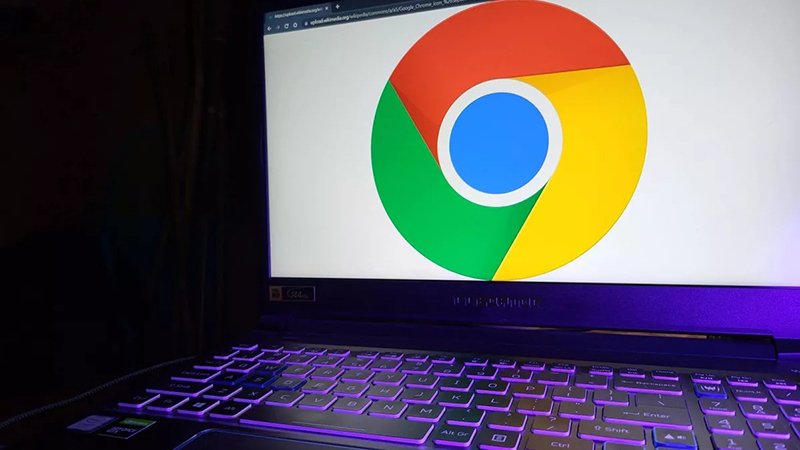
Confused yet? Don’t be. All these bits of software could have individual names and be a little less confusing, but Google puts them all under the Chrome brand to strengthen it. The more products with a Chrome label and a good bit of interoperability because of the shared code, the stronger the recognition and development community will be.
You probably don’t need to worry about browser rendering tests or any sort of web development, so that cuts things down a bit. You also won’t need to understand the Extended Stable branch unless you’re a corporate developer, so you can safely forget about it, too.
That makes things a lot easier.
Which should you choose?
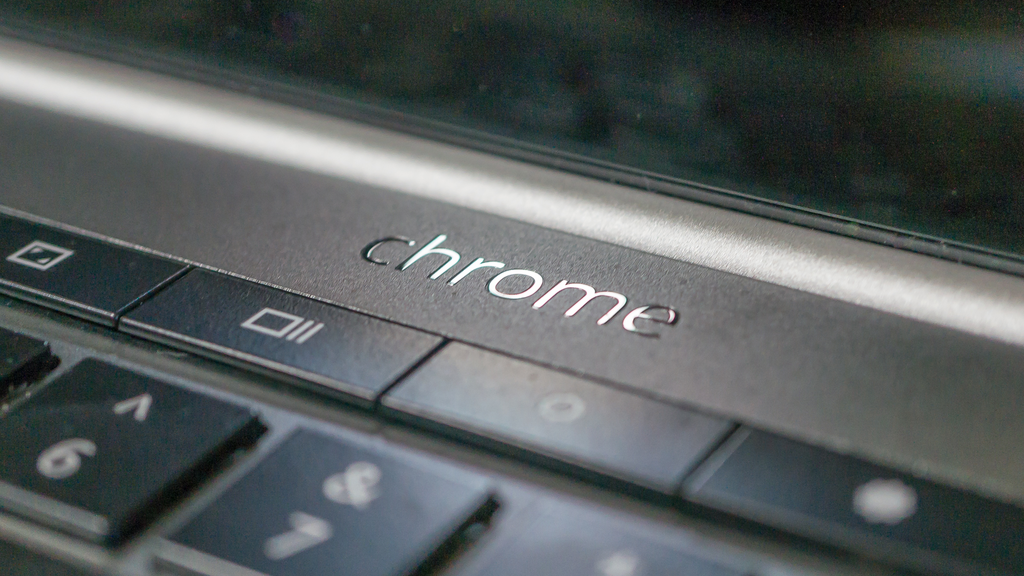
The first thing to consider is whether you should use Chrome at all. Most people do, and if you have an Android phone, it’s there whether you like it or not, but there are plenty of other web browsers for you to choose from. Some aren’t as good, some are a little better, and they all offer a distinct feature or two. Spend some time checking a few out if you’re curious, and you might like one enough to keep it around.
Second, if you’re talking Chromebook, you don’t really have a choice. A Chromebook (or a Chromebox) comes from the manufacturer with the correct version of Chrome OS installed, and until it’s no longer supported, you can only choose to run the stable version or a non-stable testing version. Avoid selecting one of those for a Chromebook you use daily. Keep things that are designed to be simple, well, simple.
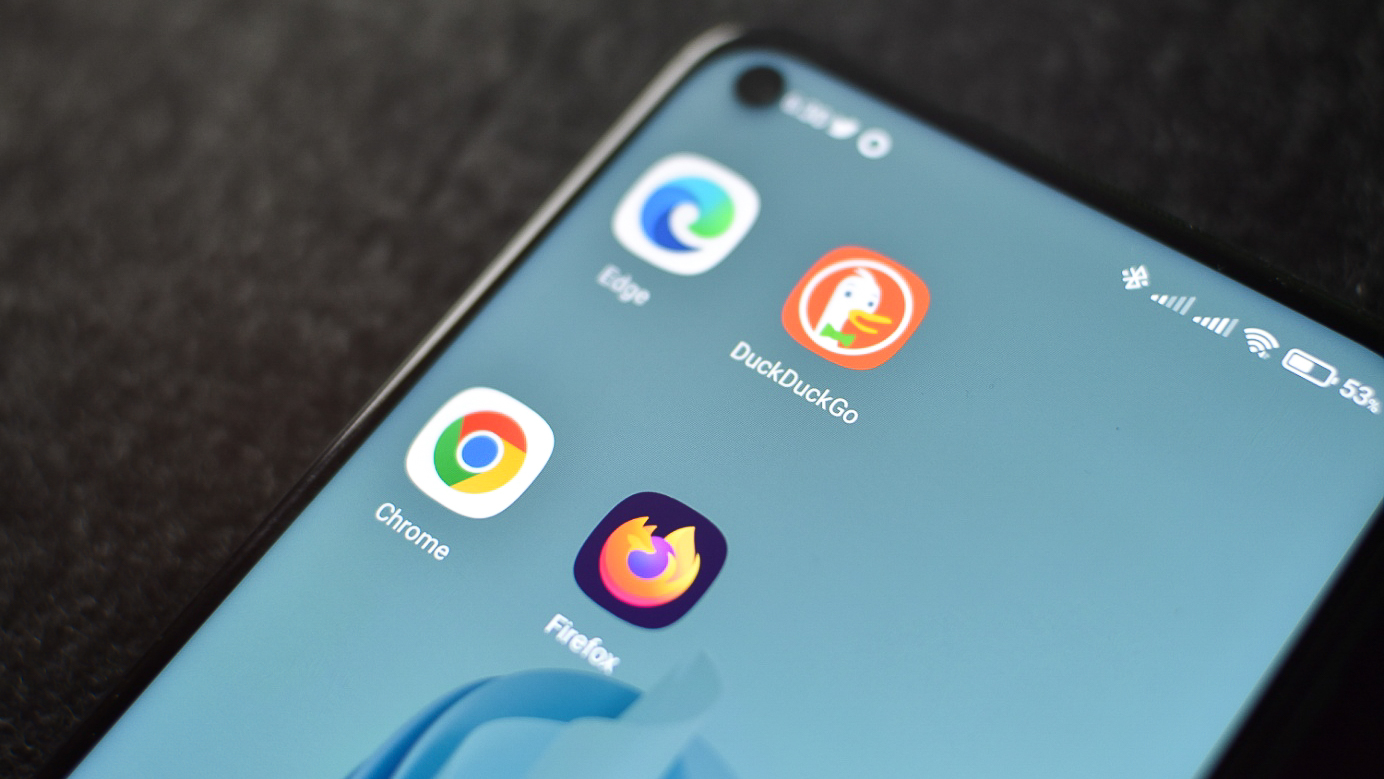
On your phone, things can get a little weird. I’m going to tell you that if you’re reading an article like this one and want to know a bit more about all this, stick with the stable version that is already installed on your Android phone. If you have an iPhone, just use Safari unless you have a specific reason not to. Again — keep it simple.
You’ll see other articles or social media posts about all the cool things you could do with an unstable version of the Chrome Browser. While tempting, remember that any of those that actually work as intended will make it into the stable branch of Chrome you’re using.
These unstable versions are there to test changes at different levels of completeness — Canary is going to be brand new and busted, Dev might work enough to start testing how your development projects work with it, and Beta is there once someone at Google decides new code works well enough for a more general test with a few million users.
Don’t rock the boat. Unless you want to.
Really, this is a good way to test things. If I were a backend web developer, for my job, I wouldn’t care how my software works with Chrome Canary or Chrome OS Canary. I would want to check out the latest Dev version to see if I’ll need to make any changes, and for everyday use, I would run the Beta channel.
I’m not a web developer; I’m a guy who bangs on a keyboard for a living. I stick with stable Chrome all around. I don’t want broken features causing me problems, and since I need to use Chrome for work, I stick to the latest release version. For goofing around, I use Firefox on both my phone and my desktop computer for everything but online shopping. Google’s tools to securely store payment options are pretty great.
Only you know what your tolerance for broken stuff will be. The way to stay away from it (mostly, all software is buggy sometimes) is to forget all about it and stick with the stable version.
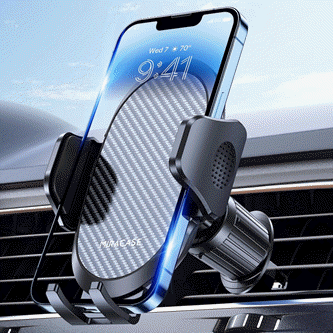
Keep your phone secure and easily accessible in your car with the Miracase Phone Holder for Your Car! This Amazon Best Seller is designed for easy installation and holds your phone firmly in place, ensuring a safe and convenient driving experience.
With a 4.3/5-star rating from 29,710 reviews, it’s a top choice for drivers! Plus, over 10,000 units sold in the past month! Get it now for just $15.99 on Amazon.
Help Power Techcratic’s Future – Scan To Support
If Techcratic’s content and insights have helped you, consider giving back by supporting the platform with crypto. Every contribution makes a difference, whether it’s for high-quality content, server maintenance, or future updates. Techcratic is constantly evolving, and your support helps drive that progress.
As a solo operator who wears all the hats, creating content, managing the tech, and running the site, your support allows me to stay focused on delivering valuable resources. Your support keeps everything running smoothly and enables me to continue creating the content you love. I’m deeply grateful for your support, it truly means the world to me! Thank you!
|
BITCOIN
bc1qlszw7elx2qahjwvaryh0tkgg8y68enw30gpvge Scan the QR code with your crypto wallet app |
|
DOGECOIN
D64GwvvYQxFXYyan3oQCrmWfidf6T3JpBA Scan the QR code with your crypto wallet app |
|
ETHEREUM
0xe9BC980DF3d985730dA827996B43E4A62CCBAA7a Scan the QR code with your crypto wallet app |
Please read the Privacy and Security Disclaimer on how Techcratic handles your support.
Disclaimer: As an Amazon Associate, Techcratic may earn from qualifying purchases.







































